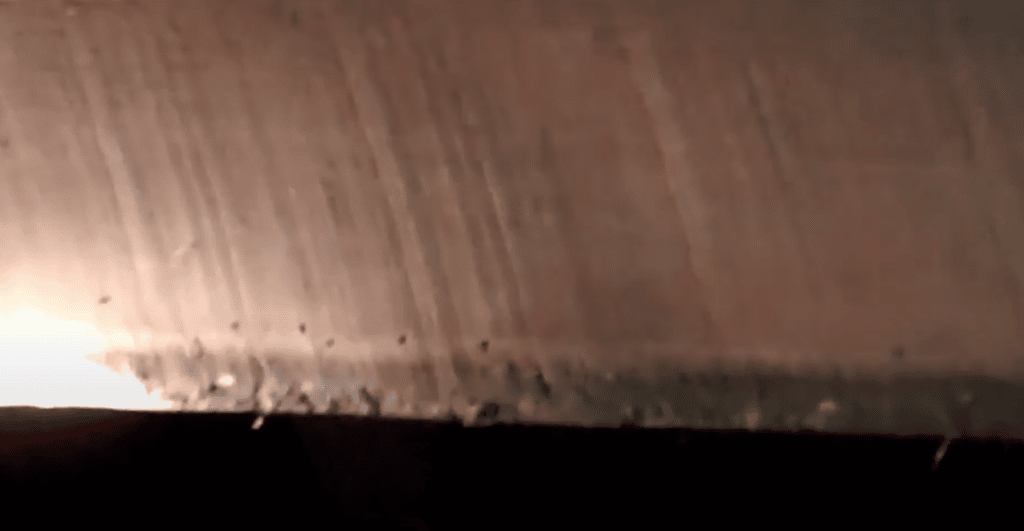Not woodworm!
Woodworm or not woodworm? Over the past 30 years we’ve been called out many times to look at woodworm in a roof, when in fact it was not woodworm at all.
It’s an easy mistake to make though, so we don’t complain. Bark Borer Ernobius mollis, is a relative of the Common Furniture Beetle Anobium punctatum. They share a love of wood, but in the case of ‘real’ woodworm damage can be done. Where Bark Borer is concerned the damage is purely cosmetic – it will never cause any structural damage.
The insects are similar in size and appearance and superficially the flight holes look similar too. However, any experienced and qualified timber infestation surveyor can tell the two apart very easily. In fact he will have been examined on this as part of his CSRT examination, either in the written papers or, via a verbal grilling with samples to identify.
Bark borer feed within the cambium layer of the tree. That is the layer behind the bark, but outside the sapwood zone. It will sometimes meander in and out of the area, with the tunnels penetrating the surface of the wood by a few millimetres or so. Of course the holes and tunnels will be at the very edge – the ‘wany edge’ as we call it. This alone is a clue. However, the best identification is the size and colour of the faecal pellets (the frass). They are not lemon shaped and creamy coloured like CFB. Instead they are bark coloured or when the insect is meandering they are like salt and pepper, showing that what goes in, must come out. The are grittier too – must be full of fibre, that bark.
It pays to call in a real expert
Very many roof voids and lofts have been expensively treated with insecticides, when in fact no treatment was required because the ‘pest’ was only Bark Borer. Money was spent yet the pest was not woodworm. This can’t happen when we are the timber and damp surveyors involved. All our surveyors have been examined on their ability to identify the pest correctly. CSRT ensures that and we are constantly training and keeping our skills sharp. Our surveyors are well paid professionals. They are not paid commission on sales – reassuring when the holes in the roof may look like woodworm to a layperson? Read our timber infestation FAQ here.
We’ve traded with expertise and integrity across Yorkshire for the past 30 years. As members of the Property Care Association we apply the PCA code of ethics to everything we do – we put our customers first. For friendly and expert advice, which is free, call us now on Leeds 265 2752 York 566577 or Sheffield 224 5121 or email us via our contact page
There are also other insects that can look like woodworm and result in unnecessary and expensive treatment. The technical post below tells you how we saved a Bradford based homeowner from following bad advice about woodworm that was not woodworm…

